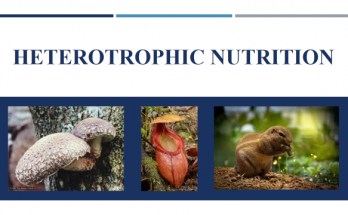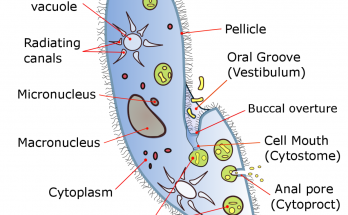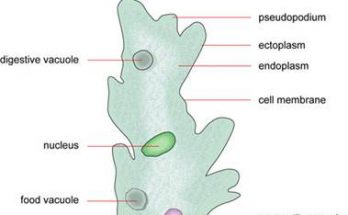
Rocks and Minerals Class 5
What are rocks made up of? Rocks are made of minerals. Rock may contain one or more minerals. Minerals are the building blocks of rocks; each rock is a mixture …
Rocks and Minerals Class 5 Read MoreCBSE Class Notes Online – Classnotes123
CBSE Class Notes, Worksheets, Question Answers, Diagrams , Definitions , Diffrence between , Maths Concepts, Science Facts Online – Classnotes123

What are rocks made up of? Rocks are made of minerals. Rock may contain one or more minerals. Minerals are the building blocks of rocks; each rock is a mixture …
Rocks and Minerals Class 5 Read More
Heterotrophic nutrition refers to the mode of nutrition in which organisms rely on other organisms for food. It can be classified into three main types – holozoic nutrition, saprotrophic nutrition, and parasitic nutrition. Holozoic nutrition involves the ingestion, digestion and absorption of complex organic material. The saprotrophic nutrition obtains its nutrients from decaying organic material, while parasites obtain their food nutrition from living hosts.
Heterotrophic Nutrition – Definition ,Types and Examples – Class 10 Read More
Photosynthesis is the process by which green plants, algae and some bacteria convert light energy into chemical energy in the form of organic compounds such as glucose. This process occurs in chloroplasts where chlorophyll absorbs light energy and converts it into chemical energy. Raw materials required for photosynthesis include carbon dioxide and water, which are converted into glucose and oxygen through a series of chemical reactions. The process of photosynthesis is divided into three phases: Absorption, Conversion and Reduction.
What is Photosynthesis? Explain the Process of Photosynthesis Read More
Peristaltic movement, also known as peristalsis or peristalsis in the digestive tract, is a wave-like contraction and relaxation of the muscles that moves food through the GI tract. It is coordinated by the enteric nervous system and involves circular and longitudinal muscle contractions. Peristalsis aids digestion, absorption of nutrients and elimination of waste, making it a vital process in the gastrointestinal tract.
What is Peristaltic Movement – Class 10 Read More
Paramecium, a tiny unicellular animal, feeds on microorganisms through holozoic nutrition. It has cilia to engulf food through the oral groove. The five steps are ingestion, digestion, absorption, assimilation and egestion. Paramecium can regulate food intake and selectively choose its food. It is a model organism for the study of nutrition in unicellular organisms.
Nutrition in Paramecium – Class 10 Read More
Digestive glands are organs that produce digestive juices to help break down food and absorb nutrients. There are five main types of digestive glands in the human body: salivary glands, gastric glands, pancreas, liver and intestinal glands. Each gland has a specific function in the digestive process, such as producing enzymes or regulating blood sugar levels. Understanding the functions of these glands is essential for maintaining a healthy digestive system.
Digestive Glands – Definition , Types and Functions Read More
Amoeba uses holozoic nutrition.It ingests solid food particles and breaks them down into simpler molecules. The process involves ingestion using pseudopodia followed by digestion in vacuoles. Absorption occurs through diffusion and assimilation is done by transporting nutrients to the cytoplasm. Finally waste removal occurs through exocytosis in amoeba.all this process explained with diagram to understand and write in school assignment and exams .
Nutrition in Amoeba Class 10 Read More
Corrosion is the slow process of eating away of metals by the reaction of atmospheric air, moisture or a chemical (such as an acid). For example rusting of iron, tarnishing …
Methods to Prevent Corrosion – Class 10 Read More
Corrosion Corrosion is the type of Oxidation reaction in everyday life in which the open surface of the metals are slowly eaten away by the reaction of air, water and …
Define Corrosion class 10 Read More